The Drahthaar is a very versatile hunting dog who can hunt any game on any type of terrain and even retrieve items from land or water. With his excellent nose and stamina, this dog is a perfect companion to hunters and active families.
Drahthaars are sporting dogs due to how fast and strong they are. They are a medium-sized dog, growing from one foot, ten inches to two feet, two inches at the shoulder. They usually weigh sixty to seventy pounds, making them a pretty solid dog. Like most dogs, Drahthaars can live a long life of twelve to fourteen years if they are properly taken care of.
History:
In the late 1800s, German hunters were in need of a strong dog who could hunt any type of game on any type of terrain. With this, they created the German Wirehaired Pointer, or the Drahthaar. To make this dog, the Germans blended the best qualities of the Pointer, Poodle, and Foxhound breeds to develop a dog that could retrieve items on land and in water, no matter what the environment or the weather. After his creation, the Drahthaar was admitted into the German Kartell for dogs in 1928 and was then brought to the United States in the 1920s. In 1953, the German Drahthaar Club of America was formed, making the Drahthaar a true staple in the American household.
The Drahthaar is very loyal and affectionate to his family and people he knows, but can be tough with strangers. It is common for a Drahthaar to have a favorite person in his family. The Drahthaar is all about family because of how much he loves human companionship which makes him a great household dog as well as a good guard dog. With this, it is important to realize that a Drahthaar can be possessive and possibly act aggressive towards things that he might find strange or threatening; he will do anything to guard his family. Drahthaars can become bored rather easily so it is very important to exercise your Drahthaar and make sure that they are getting enough time outside play time. Drahthaars have a strong desire to please so it is not very difficult to train them using a reward system but it is important to make sure that the Drahthaar knows that humans are in charge or they might try to dominate the household and other animals. As always, it is essential to socialize a Drahthaar as early as possible to make them less aggressive as they age.
Puppy for Christmas!
Because it is the Christmas season, here is a video of a child getting the best gift in the world: a puppy!
Remember that there are always so many dogs that need happy families to get adopted into. If you are interested in a Drahthaar for your family or friends, then check out all of these amazing dogs up for adoption! Even if you just want to help these dogs, check out the National German Wirehaired Pointer Rescue anyway!
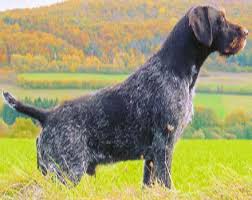



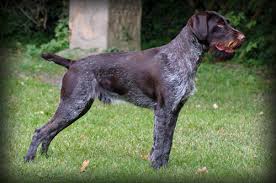
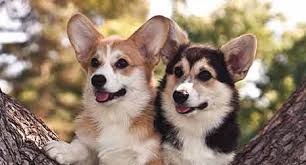
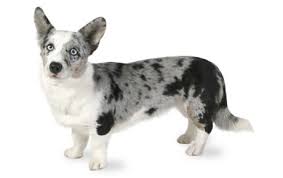
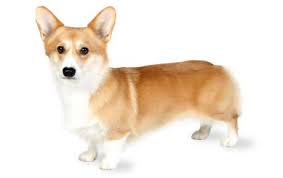
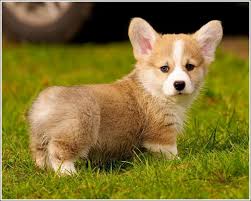
 And do not forget, there are always dogs that need adopting. Try to go to shelters instead of “puppy boutiques” or breeders be cause those dogs need homes more than ever. If you want a Corgi, go no further than this
And do not forget, there are always dogs that need adopting. Try to go to shelters instead of “puppy boutiques” or breeders be cause those dogs need homes more than ever. If you want a Corgi, go no further than this
Recent Comments